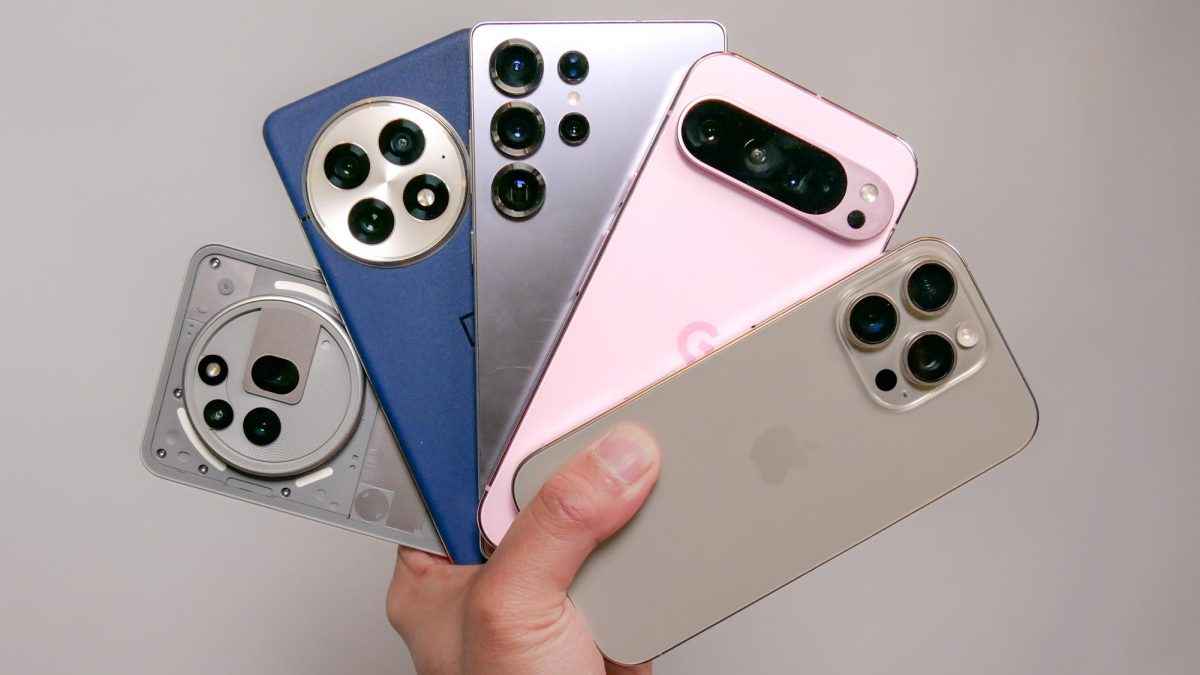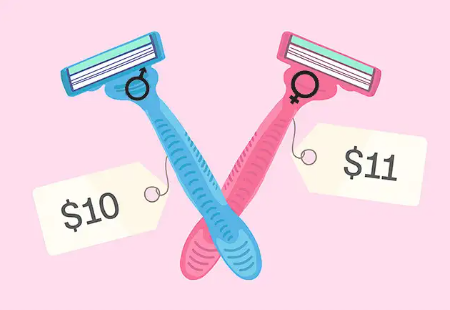“The pink tax is blatantly discriminatory, affecting women from all walks of life from the cradle to the grave.” – Congresswoman Jackie Speier
Before you think to yourself, “Why does the pink tax even matter?” Think about how easy it is to get women to buy toiletry items that are pink and cute. The idea/meaning of the phrase “pink tax” is to charge more for women’s hygiene products (either by fifty cents or a dollar-fifty) all because they’re pink or considered girlish. Oftentimes these items are the exact same style and model and do the same thing as the ones for men but cost so much more money. This idea began during the 1990s when several companies began doing studies over the price difference between men’s and women’s products. They learned that “64% of stores in major cities charged more” when the situation was between men and women (Rocket Money). Some people might not think the pink tax is a real thing, and the people that do try to focus more on ignoring the issue than helping.
Companies know they can use the pink tax when pricing women’s products because, since the beginning of time, the color pink has been associated with women and femininity. Using the tax is unfair treatment towards women because it forces them to either a) buy a product that is way too expensive but is actually something they want or b) force them to buy the “male” product that is cheaper but might not be what they are looking for. According to Grazia, women’s self-care products are “48% more expensive” than men’s, and it’s only because of the outer packaging since “there is no other variation” between the two. Additionally, women are considered “more likely” to pay more money “if the product is pink” or has “a fruity fragrance,” which is not only scamming women out of their money but also belittling them for buying items that are pink (Grazia).
Women aren’t just the only ones affected by the pink tax. Younger girls have always liked the color pink (a lot more than older women), and it is easy to apply this tax to “girl” toys, clothes, shoes, headbands, socks, sports equipment, and so much more. For younger girls and their mothers, their items “cost higher than their generic alternatives” (Grazia). Most parents have begun to notice the “subtle” price difference between boys’ and girls’ clothing or toys. They realized that “stores are charging more” for practically the same item “depending on whether it was targeted at girls or boys” (Yahoo!Life).
The main thing that women find annoying about the pink tax is the cost of period products such as pads and tampons. There is a “tax of about 4% to 7%” that is put on these products (NBC News). Not only should these items be free and available to the public, but tampons and pads (along with other similar items) are viewed as a “luxury item” for women (NBC News) when there is no luxury behind it. The government and our society constantly view the things women buy as a luxury when in reality it’s a need that women have to spend a lot of money on because one person thought it would be a good business idea. Women will not be this society’s way to make easy money off of actual, important items.
In other news, the United Nations is trying everything in order to get rid of the pink tax and is keeping other countries at a standard so they can achieve this. The UN’s main goal regarding this issue is that they would like to “ensure women achieve full and equal participation” in our society regarding the pink tax, clothing, toiletries, and other things (weForum). As of a couple of years ago, many countries are eliminating “taxes on tampons and other feminine products” in order to make prices equal (weForum). Even though this is just a start and there are so many other things that could help eliminate the pink tax, it’s a good way to start a movement.
The main point of everything women have been fighting for is so some generation after them is able to have the same rights and opportunities as men. No matter how many times women fight for what they need, and no matter how many times we are promised to have equal rights, there will always be something that proves it’s a lie. “Women are a victim of gender-based price disparity where they are forced to pay an invisible cost for commodities that are marketed specifically towards them” (Grazia). So, women must keep fighting for what is needed because no one else is going to make it happen.

















